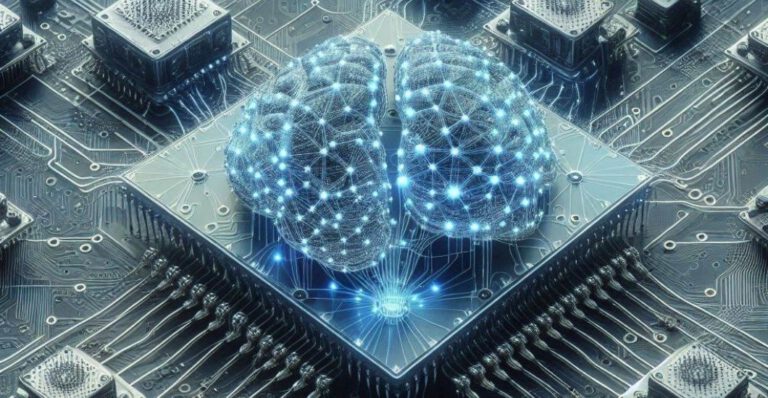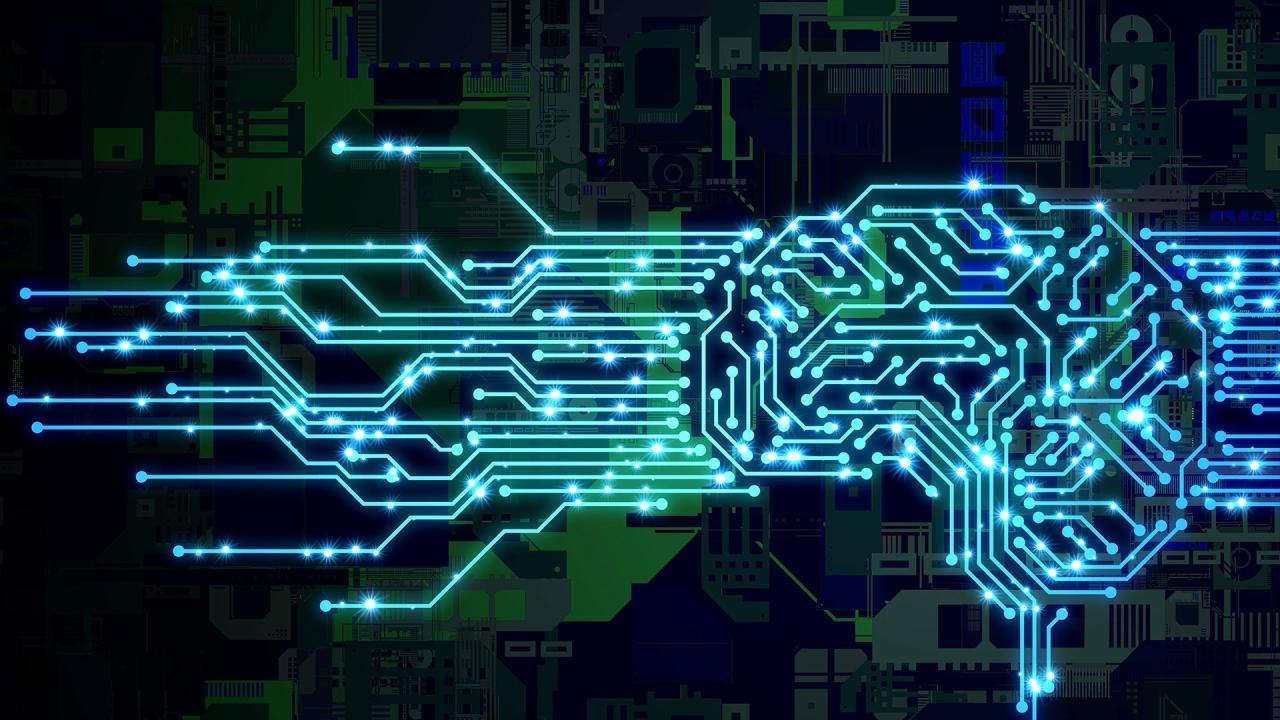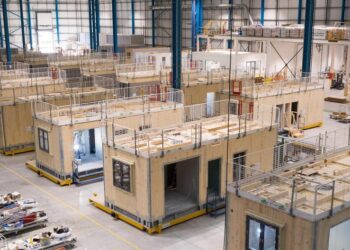For over seventy years, the world has been built on a single, foundational principle of computing: the von Neumann architecture. This model, which separates a central processing unit (CPU) from a memory unit (RAM), has been the undisputed engine of the digital age, powering everything from mainframe supercomputers to the smartphone in your pocket. Yet, as our ambitions in artificial intelligence, robotics, and big data analysis grow, we are crashing headlong into the physical limits of this aging paradigm. The very design that enabled our technological revolution is now becoming its primary bottleneck.
Enter neuromorphic computing, a radical and profound departure from traditional computation. It is not an incremental improvement but a fundamental rethinking of how a machine can process information. Instead of seeking more speed through brute force, neuromorphic engineering looks to the most sophisticated and energy-efficient computer ever known for inspiration: the human brain. By mimicking the structure and function of biological neurons and synapses in silicon, neuromorphic chips promise a future of AI that is not just faster, but smarter, more adaptive, and exponentially more power-efficient. This is the story of how we are moving beyond the bottleneck by engineering the artificial brain.
The Great Wall: Understanding the Von Neumann Bottleneck
To appreciate the neuromorphic revolution, one must first understand the problem it solves. The von Neumann architecture is defined by its separation of processing and memory. Think of a master chef (the CPU) in a vast kitchen, who needs to prepare a complex meal. The ingredients (the data) are all stored in a pantry down the hall (the RAM). For every single step of the recipe, the chef must stop what they are doing, run to the pantry, grab one specific ingredient, and run back to their station.
This constant back-and-forth journey between the processor and memory creates a traffic jam on the data bus connecting them. This is the infamous “von Neumann bottleneck.” As our datasets have grown to immense sizes for training large AI models, this data shuttle has become the single biggest constraint on performance and, critically, on energy consumption. A staggering amount of power and time is wasted simply moving data around before any actual computation is done. While engineers have developed clever tricks like caching to mitigate this, they are temporary fixes, not a cure. For the demands of real-time, adaptive AI, a new architectural blueprint is required.
Nature’s Masterpiece: A Blueprint from the Brain
The human brain, an organ weighing just three pounds and consuming a mere 20 watts of power (less than a dim lightbulb), effortlessly performs tasks that stump the world’s most powerful supercomputers. It can recognize a face in a crowd, understand the nuance of language, and adapt to novel situations in real-time. The secret lies in its completely different architecture.
A. Massive Parallelism and Co-location The brain does not have a central processor. Instead, it is a massively parallel network of approximately 86 billion neurons, each connected to thousands of others via synapses. Crucially, memory and processing are not separate. The “memory” of the brain is stored in the strength of these synaptic connections. The processing (a neuron “firing”) happens right where the memory is stored. Our master chef isn’t running to a pantry; they are standing inside a pantry where every ingredient is also a tiny, specialized assistant. This co-location of memory and processing completely eliminates the von Neumann bottleneck, allowing for incredible efficiency.
B. Event-Driven Spikes Traditional computers are slaves to a clock. A CPU’s clock ticks billions of times per second, and with each tick, transistors switch on or off, consuming power whether they are doing useful work or not. The brain is far more elegant. It is an “event-driven” or “asynchronous” system. A neuron remains quiet, consuming very little energy, until it receives enough input signals (or “spikes”) from other neurons to reach a threshold. Only then does it fire its own spike, sending a signal to its neighbors. Computation happens only where and when it is needed. This sparse, event-driven processing is the key to the brain’s extraordinary energy efficiency.
C. Learning Through Plasticity The brain is not a static, pre-programmed machine. It learns and rewires itself continuously through a process called synaptic plasticity. The most famous principle is Hebbian learning: “neurons that fire together, wire together.” When two neurons are active at the same time, the synaptic connection between them strengthens. This allows the brain to form associations, learn from experience, and adapt to a changing environment without being explicitly reprogrammed.
Building the Silicon Brain: The Architecture of Neuromorphic Chips
Neuromorphic engineering aims to translate these three core principles of the brain—parallelism, event-driven processing, and plasticity—into silicon hardware. The resulting chips are a stark departure from the familiar grid of a CPU.
A. A Network of Neurons and Synapses A neuromorphic chip is a mesh of digital or analog circuits that emulate neurons and synapses. Each “neuro-synaptic core” contains a group of artificial neurons that perform the processing and a block of memory that stores the strengths of the artificial synapses connecting them. Thousands of these cores are tiled across the chip, forming a vast, interconnected parallel network, just like in the brain.
B. The Language of Spiking Neural Networks (SNNs) To leverage this new hardware, a new type of software is needed. Instead of the traditional Artificial Neural Networks (ANNs) used in most of today’s machine learning, neuromorphic chips run on Spiking Neural Networks (SNNs).
- ANNs work by passing continuous numerical values through layers of a network in a synchronized process.
- SNNs work by passing discrete events—spikes—through the network over time. A neuron in an SNN only communicates when it fires a spike, and the timing of these spikes carries important information.
This event-driven model means that if a part of the network is not relevant to the current input, it remains dormant, consuming virtually no power. This is what allows neuromorphic chips to achieve energy efficiency gains of 100x to 10,000x over conventional chips for certain tasks. They are exceptionally good at processing sparse data from the real world, such as audio, video, and other sensory inputs, where information arrives sporadically.
C. On-Chip Learning: The Power of Adaptation The most advanced neuromorphic chips take inspiration from synaptic plasticity to enable “on-chip learning.” They can modify their own synaptic weights in real-time based on the flow of spikes through the network. This is a revolutionary capability.
Consider a robot powered by a conventional AI chip. Its object recognition model is trained for weeks on a massive supercomputer in the cloud. The final, static model is then loaded onto the robot. If the robot encounters a new object it has never seen, it is clueless.
A robot powered by a neuromorphic chip with on-chip learning could, in theory, learn about this new object on the fly, just as a child would. It could observe it from different angles, associate it with a name you give it, and incorporate this new knowledge directly into its neural network without needing to connect to the cloud. This continuous, low-power learning is the holy grail for creating truly autonomous and intelligent systems.
The Pioneers: Key Players in the Neuromorphic Field

While still a nascent field, several major players and research institutions have made significant strides in developing functional neuromorphic hardware.
- Intel’s Loihi: Perhaps the most well-known research chip is Intel’s Loihi, and its second generation, Loihi 2. Built on a process that mimics brain-like density, Loihi 2 features up to a million artificial neurons and incorporates highly configurable on-chip learning rules. Intel has not sold Loihi commercially but has made it available to a global community of researchers, who have used it to demonstrate remarkable capabilities in everything from smell recognition to controlling robotic limbs and solving complex optimization problems with incredible energy efficiency.
- IBM’s TrueNorth: A pioneering effort from IBM, the TrueNorth chip was a marvel of power efficiency. It was designed to run deep neural networks at a fraction of the power of a GPU. While it was less focused on the dynamic on-chip learning seen in Loihi, it proved that the fundamental architectural concepts could deliver massive energy savings and helped legitimize the entire field.
- SpiNNaker (Spiking Neural Network Architecture): Developed at the University of Manchester, the SpiNNaker project has a different goal. It aims to build a massive computer system—now comprising over a million processing cores—specifically to help neuroscientists simulate large, complex parts of the human brain in real-time. It acts as a bridge between neuroscience and computer science, allowing researchers to test theories about brain function on an unprecedented scale.
- A Growing Startup Ecosystem: Alongside the giants, a new generation of startups like BrainChip and GrAI Matter Labs is emerging, focused on commercializing neuromorphic technology for specific, high-value applications, particularly in the “edge AI” market.
Real-World Impact: Where Neuromorphic Computing Will Shine
Neuromorphic computing is not a universal replacement for CPUs or GPUs. Instead, it is a specialized tool that excels at tasks where traditional hardware struggles.
A. Intelligent Edge and the Internet of Things (IoT) The future of IoT involves billions of smart sensors embedded in our homes, cars, and cities. It is impractical and insecure to send all this raw data to the cloud for processing. Neuromorphic chips are perfect for the “edge.” Imagine a home security camera that doesn’t stream video 24/7. Instead, its neuromorphic sensor only wakes up and consumes power when its “auditory neurons” detect the specific pattern of breaking glass, at which point it can identify the event and send an alert. This combination of low-power “always-on” sensing and intelligent local processing is a perfect match.
B. Robotics and Autonomous Vehicles For a robot or drone to navigate a dynamic, cluttered environment, it must process a continuous stream of sensory data from cameras, lidar, and tactile sensors in real-time. The parallel and event-driven nature of neuromorphic chips allows them to integrate this multi-modal data with extremely low latency, enabling faster reaction times and safer operation, all while consuming less of the vehicle’s precious battery life.
C. Healthcare and Scientific Discovery Neuromorphic systems can revolutionize medical diagnostics by finding subtle patterns in complex data, from identifying seizures in real-time EEG signals to developing more natural and responsive prosthetic limbs that can be controlled by a patient’s own neural signals. Their ability to simulate complex biological systems also makes them an invaluable tool for neuroscientists and drug discovery researchers.
D. Solving Complex Optimization Problems Many of the world’s toughest computational challenges, from optimizing logistics for a global shipping company to finding the ideal portfolio in finance, are optimization problems. Neuromorphic chips have shown a natural ability to solve these types of problems much faster and more efficiently than conventional computers by letting the network of neurons naturally “settle” into the lowest-energy, optimal solution.
The Long Road to a New Intelligence

Neuromorphic computing stands at a thrilling but challenging crossroads. The hardware is proving its potential in labs around the world, demonstrating orders-of-magnitude gains in efficiency. However, the largest barrier to widespread adoption is software. The entire world is built on code designed for the von Neumann model. A new ecosystem of programming languages, algorithms, and developer tools must be created to unlock the full power of brain-inspired hardware.
Despite these hurdles, the trajectory is clear. The limitations of traditional computing are undeniable, and the demands for efficient, autonomous AI are insatiable. Neuromorphic engineering offers not just a path forward, but a sustainable one. It represents a fundamental shift from brute-force calculation to intelligent information processing, mirroring the elegance of the natural world. We are not just building faster computers; we are learning to build a new form of intelligence, one spike at a time.












